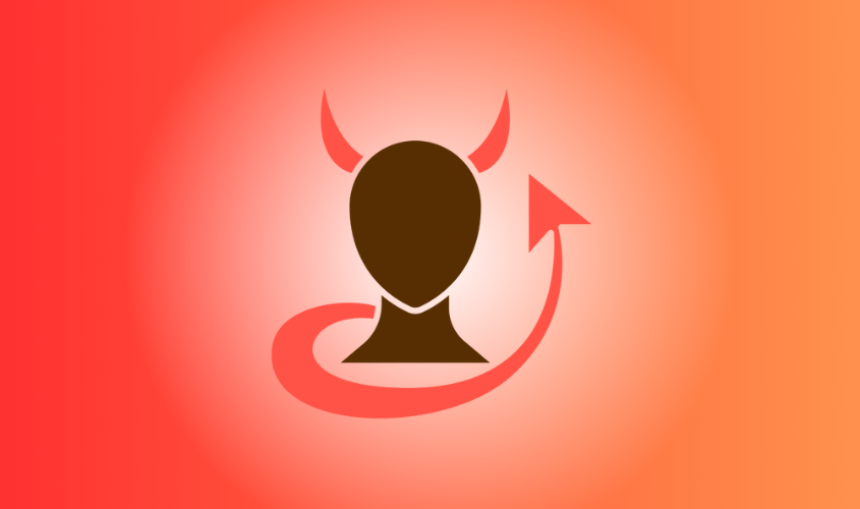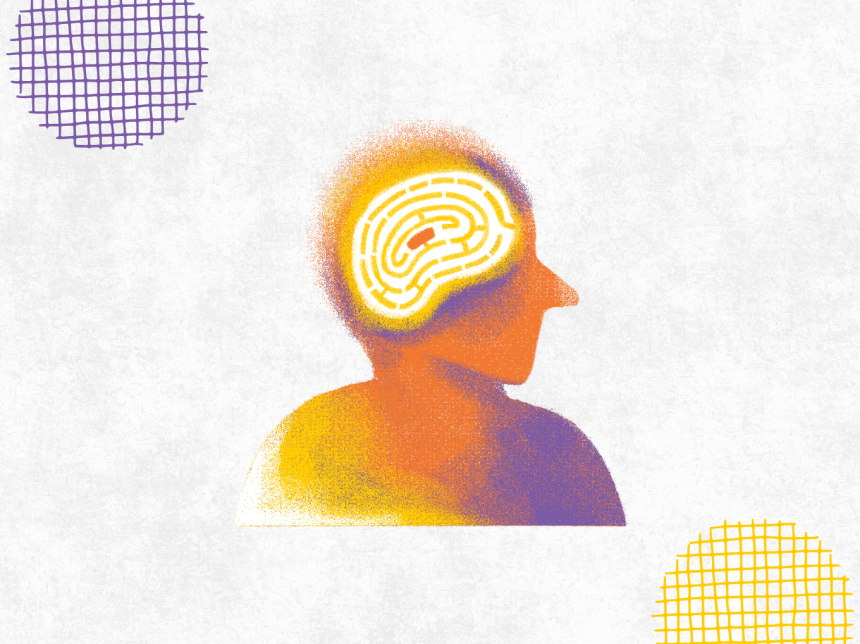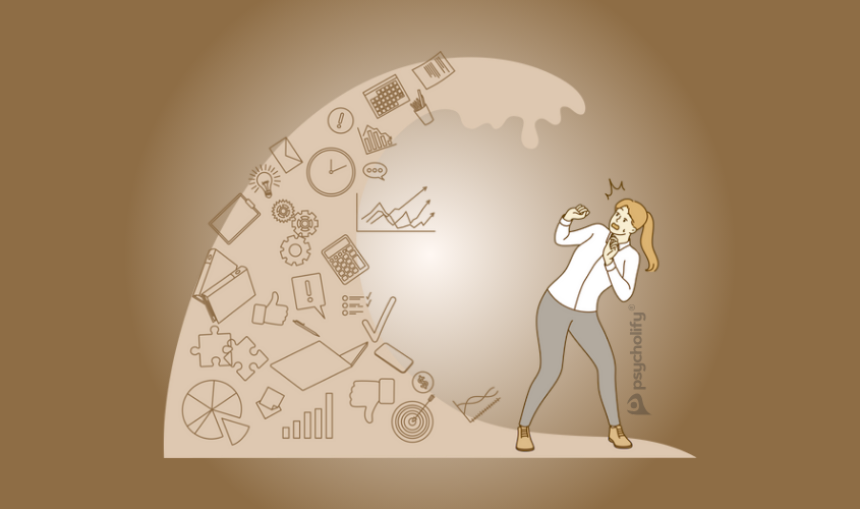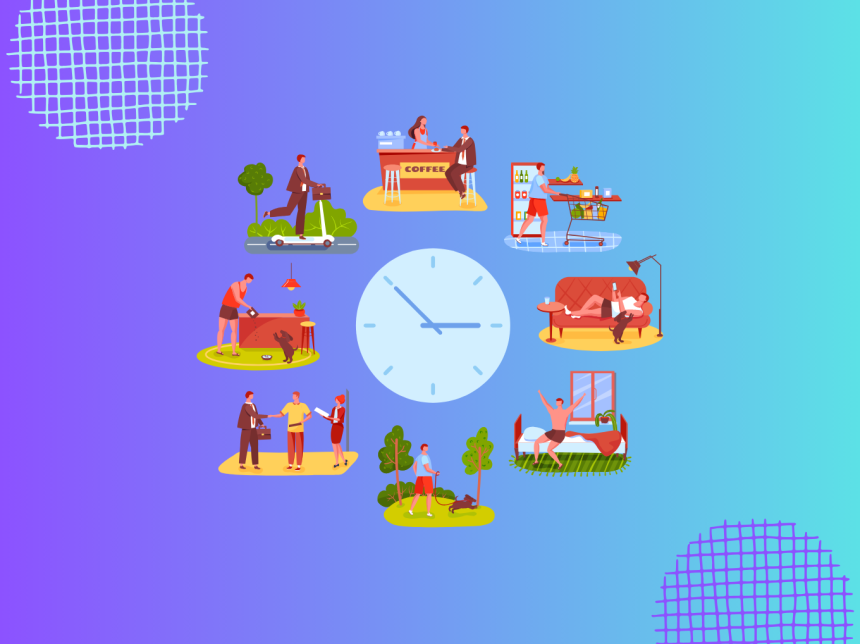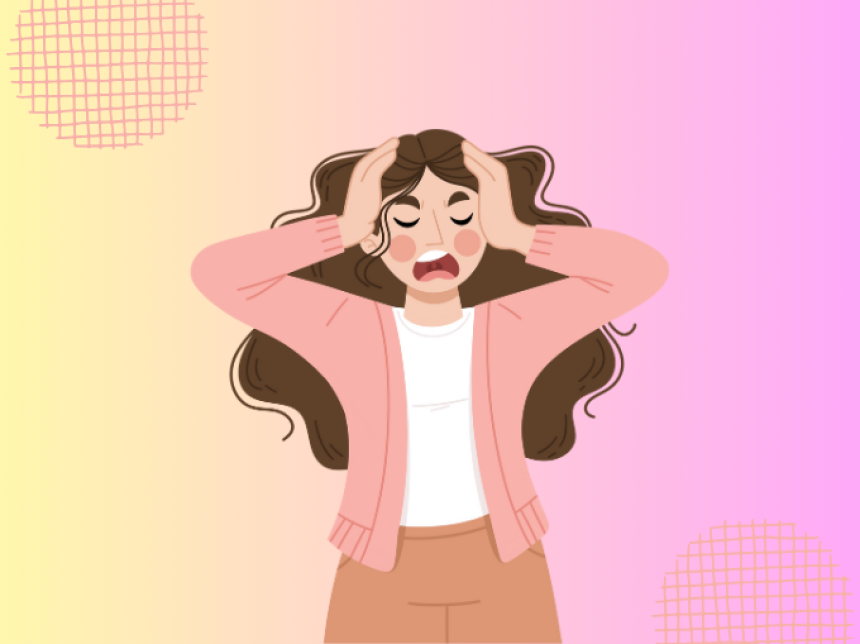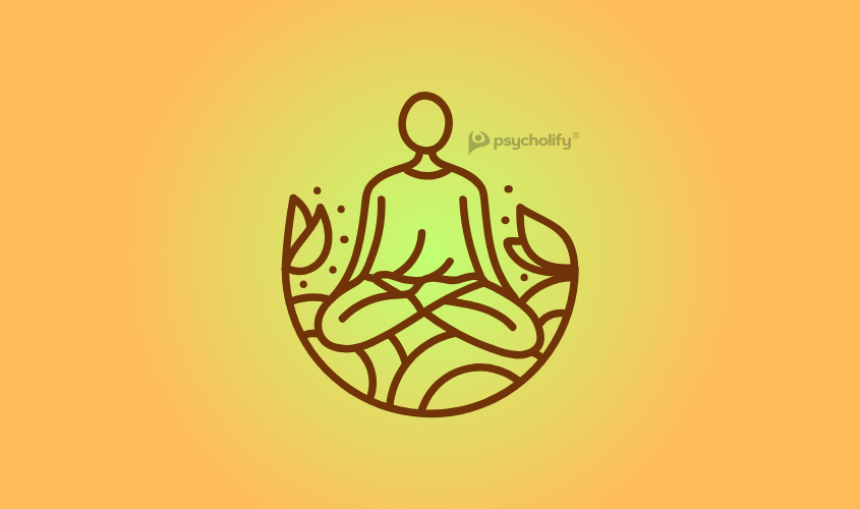
How Beliefs Shape Reality: The Psychology of Expectation, Nocebo, and Self-Fulfilling Prophecy
Explore how beliefs influence outcomes through self-fulfilling prophecies and the nocebo effect. Learn practical steps and a 7-day experiment to test and change harmful expectations.
How Beliefs Shape Reality: The Psychology of Expectation, Nocebo, and Self-Fulfilling Prophecy
We all carry small stories about how the world works: some are practical, some are cultural, and some are outright superstitions. Whether it’s the old ladder superstition or a private fear that “I always fail interviews,” those stories influence what we notice, how we act, and often — whether things turn out well or badly. This post explains how beliefs shape reality, the psychology behind it, and gives practical steps to test and change beliefs that hold you back.
Why a belief isn’t just a thought
A belief is not merely an abstract idea. Psychologically, it works like a filter and a roadmap simultaneously:
- Filter (attention): Beliefs steer your attention. If you expect failure, you’ll more quickly notice signals that support failure and ignore counterevidence.
- Interpreter (meaning): When neutral events happen, beliefs shape how you explain them. A single setback becomes “proof” of a pattern.
- Action (behavior): Beliefs guide your choices — avoidance, over-preparation, or risk aversion — which then change the outcome probabilities.
These three effects are the engine behind self-fulfilling prophecies.
Self-fulfilling prophecy: expectations that cause their own outcome
A self-fulfilling prophecy starts with an expectation. That expectation alters behavior (consciously or unconsciously), which changes the environment or others’ reactions, producing the expected outcome. Classic examples include classroom dynamics where teacher expectations influence students’ performance, or job candidates who act nervous because they expect rejection and therefore perform worse.
It’s important to note: the prophecy is not mystical — it’s behavioral and social. The belief sets in motion patterns that make the belief more likely to be confirmed.
The nocebo effect: when negative expectation causes real harm
Linked to the placebo effect, the nocebo effect shows that negative expectations can produce real, measurable symptoms: increased pain, fatigue, or anxiety. In clinical contexts, patients who expect side effects are more likely to report them. Expectation alters perception and physiology — stress hormones, attention to symptoms, and behavior all play roles.
Why cultural and social beliefs persist
Beliefs spread because they solve a basic problem: uncertainty. Rituals, taboos, and sayings create a sense of control. Social reinforcement (family, media, community) further cements beliefs. Over time, confirmation bias and selective memory keep them alive.
Practical steps to test and change limiting beliefs
Changing entrenched beliefs takes small experiments and evidence. Here’s a compact, practical plan you can use.
7-Day Belief Test (practical behavioral experiment)
- Day 1 — Identify: Write down a single belief affecting your life (e.g., “If I speak up, I’ll sound foolish”). Rate confidence 0–100.
- Day 2 — Gather evidence: List recent instances supporting and contradicting the belief. Be strict — include small wins.
- Day 3 — Design a small test: Create one low-risk action that would disconfirm the belief (ask one question in a meeting; share a short idea).
- Day 4 — Do the test & observe: Carry out the action and record what actually happens, not what you feared.
- Day 5 — Evaluate: Compare outcome to predicted. Update confidence score.
- Day 6 — Repeat or escalate: If disconfirmation occurred, repeat with a slightly bigger test. If not, refine your test to control variables.
- Day 7 — Reflect & reframe: Write a short new narrative grounded in evidence and plan next steps.
Additional techniques: Thought records (note trigger, automatic thought, evidence for/against), “if-then” plans (implementation intentions), and social experiments (ask friends for honest feedback).
A realistic hope: beliefs are malleable
Beliefs are powerful because they link thought to behavior. That also means they’re changeable. Small, repeated experiments and mindful attention to evidence will gradually shift expectation — and with that shift, the patterns that shaped your outcomes can change too.
“Beliefs shape reality — not by magic, but by guiding attention, interpretation, and behavior. Test one limiting belief this week with a small experiment and see what changes.”

